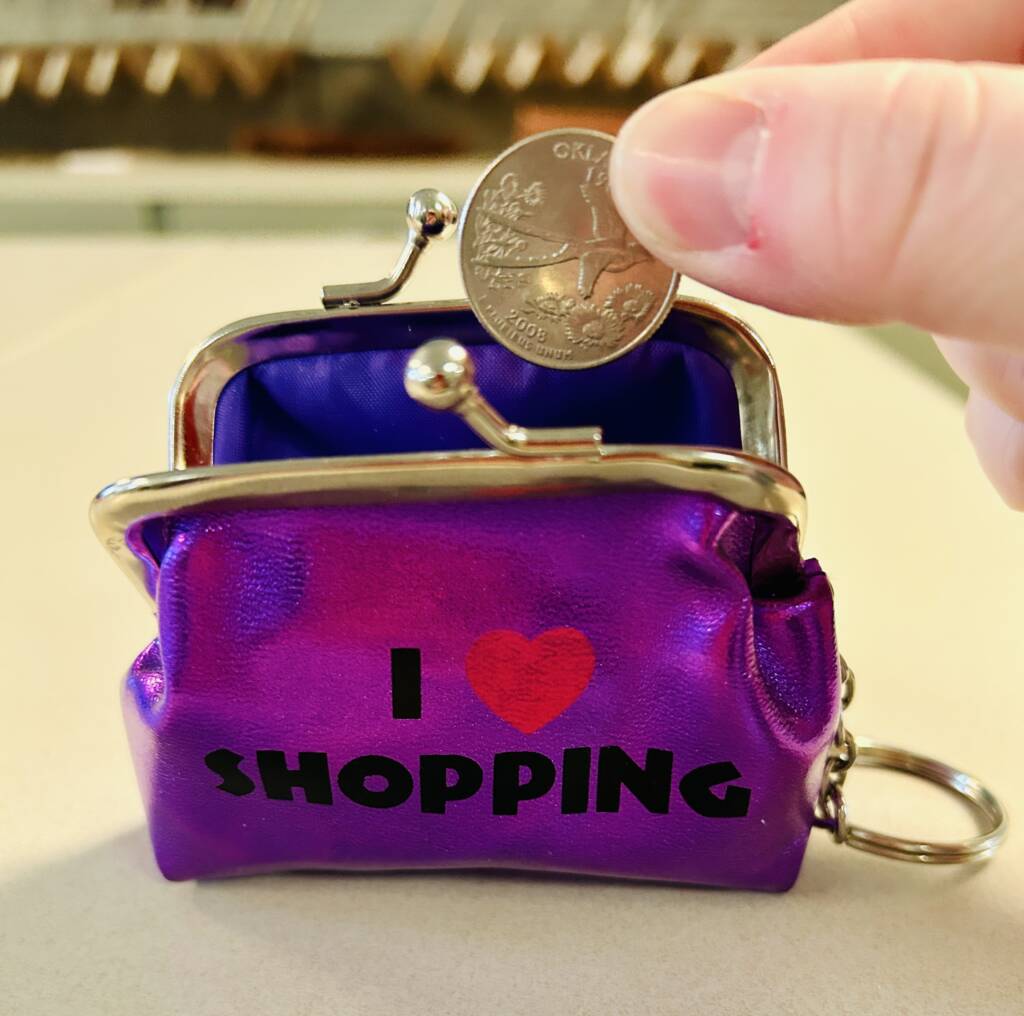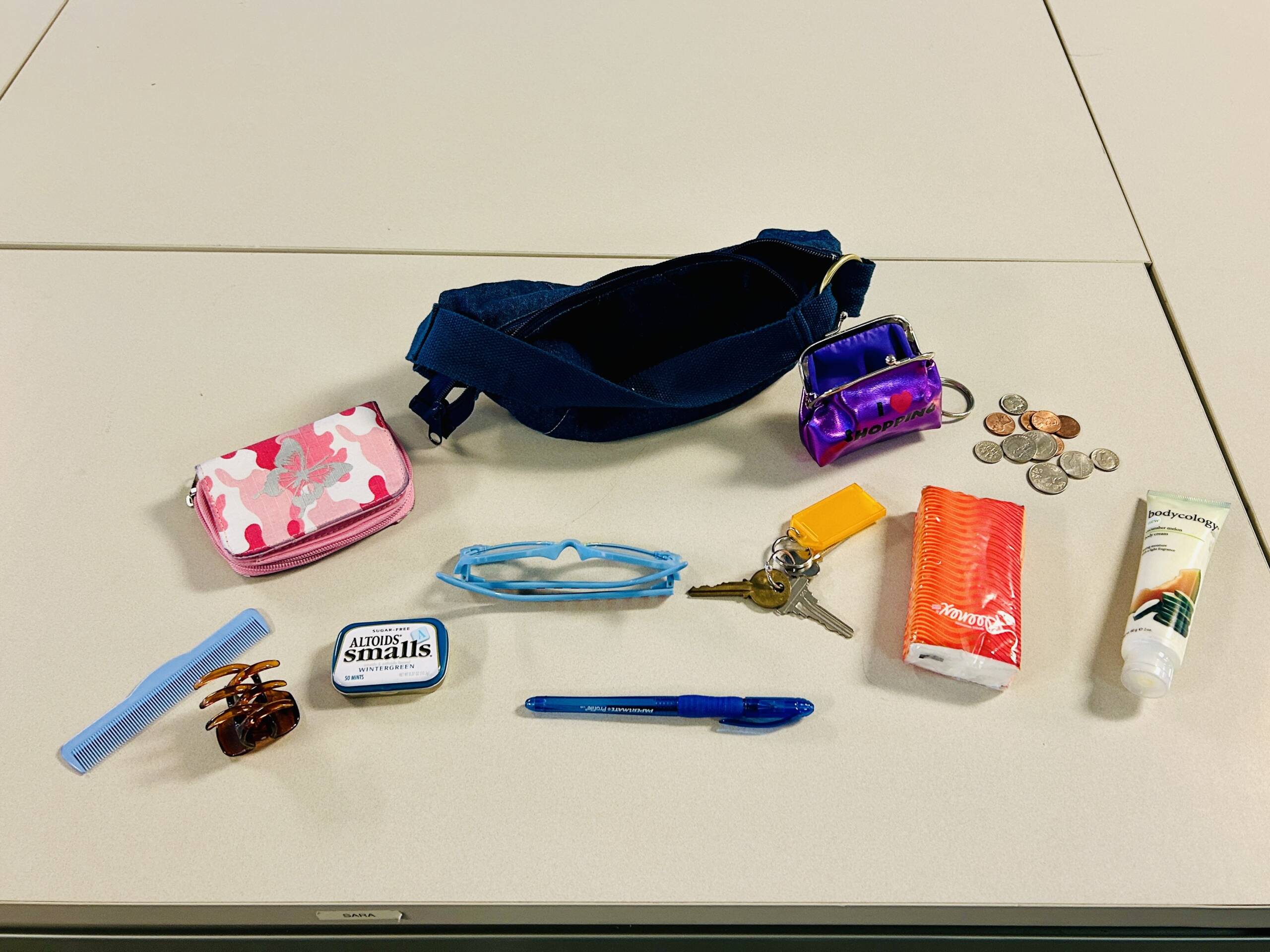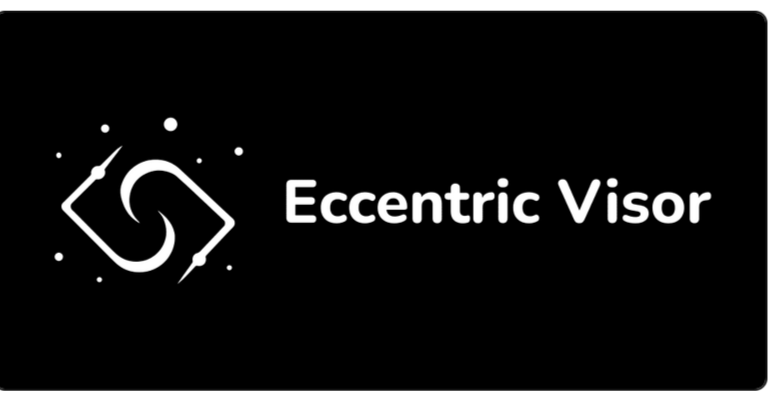Adapting experiences for students who are blind, visually impaired, or deafblind is a great way to provide access to literacy concepts in a meaningful way. Using personal and meaningful experiences can support language and concept development for young children or those with complex access needs. Experience boxes can support families and caregivers to share a reading experience with their child(ren), have conversations about objects that naturally appear in their environments, and share interactions that include turn taking, movements, and sounds.
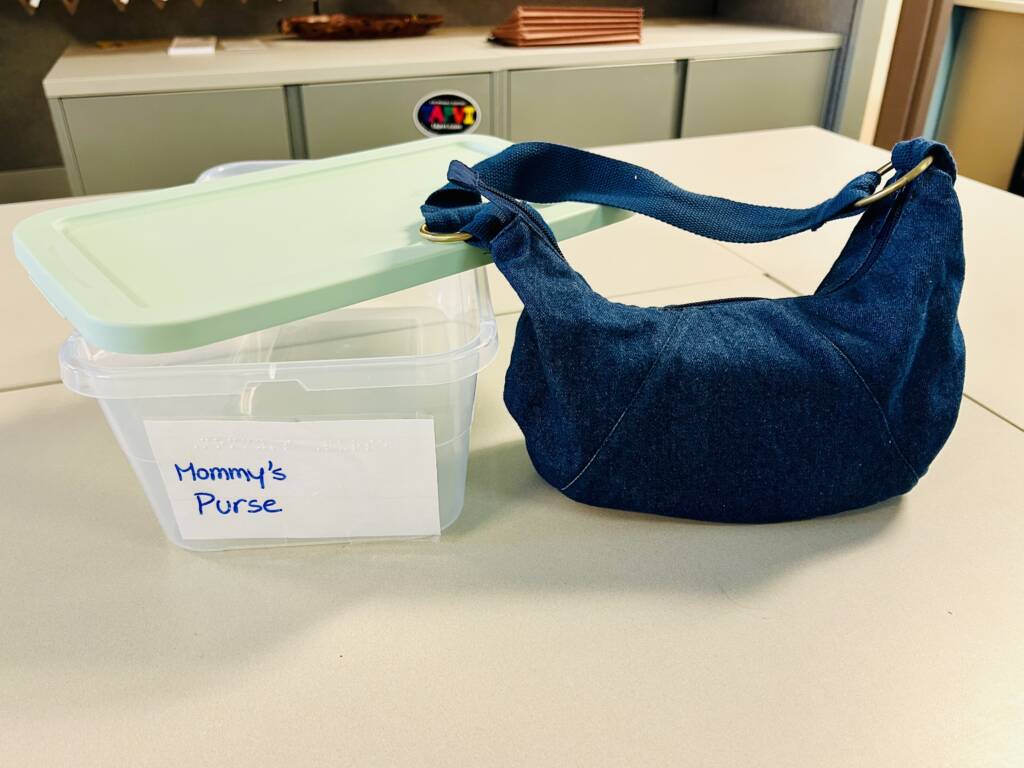
In order to put this experience box together, I chose, not a box at all, but a purse since that’s the subject of our interaction. I collected objects that are typically found in a purse. Of course we know that all purses are different, so this activity can actually be done with a variety of people and different objects. Focus on finding items that children can interact with and have a conversation about. Using real objects whenever possible is very important and will make this activity super meaningful. There will be times when you can’t use a real object, for safety or other reasons, and during these times, I try to consider a real characteristic of the object that I might be able to include.
Here is a list of objects you might include in this activity
- Purse, handbag, backpack, or tote bag
- Wallet with REAL dollars
- Coin purse with REAL coins
- Compact
- Lip gloss or chapstick
- Keys
- Sunglasses
- Hand sanitizer
- Hand wipes
- Credit cards
- Mints or gum
- Tissues
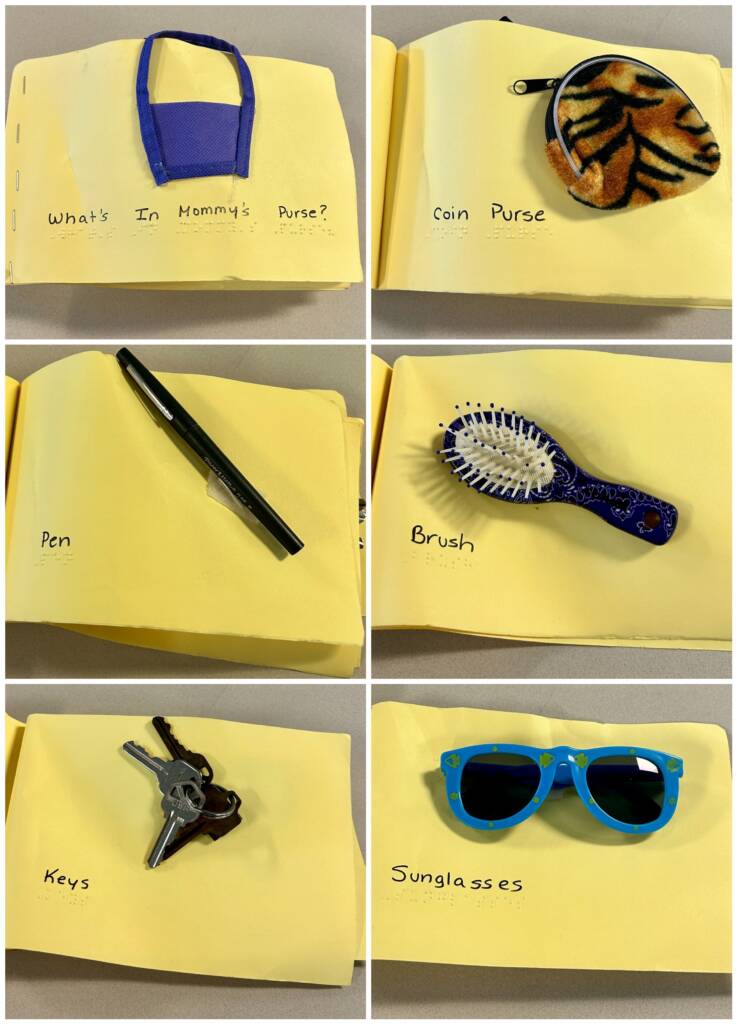
For the activity
- Present the purse or bag to your student
- Allow the child to explore the objects in the purse
- Ask the child if they can name any of the objects in the box or list what they are used for
- Name each object and demonstrate its use
- Allow the child ample time to explore each aspect of the object or to engage with the object in a way that is desirable to them, keeping safety in mind.
Extensions and adaptations
- Sequence the items into the order that they were removed from the purse
- Ask the child to fill in an object within the sequence
- Talk about your favorite objects
- Imitate actions that the child takes with the objects in the purse
- Practice “finishing” the objects by returning them to the purse
- Make a book out of the objects with print or braille as appropriate for the student
- Ask someone to do the activity with you using their own purse or bag, and compare which items are the same and which are different
- Prompt the student to identify 5 essential items they would need if they were traveling to a designated place
- Create a spelling or vocabulary list with the items in the purse
- Select two or three items and ask students to sort pre-made label cards for the objects using the whole word or the first letter of the object.
Happy Learning!
